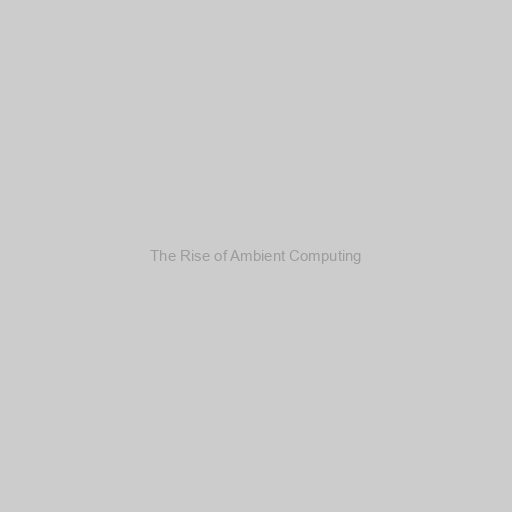
What is Ambient Computing?
Ambient computing, also known as ambient intelligence, refers to a world where technology is seamlessly integrated into our surroundings, responding to our needs without requiring direct interaction. It represents a shift away from the traditional model of human-computer interaction, where the focus was on using specific devices to perform tasks, to a more immersive and intuitive computing experience.
How Does Ambient Computing Work?
Ambient computing relies on a network of interconnected devices, sensors, and actuators that work together to create a seamless and intelligent environment. These devices are equipped with a range of capabilities, such as sensing the environment, processing data, and communicating with other devices. They can gather information from their surroundings, analyze it, and respond in real time to meet the needs of users.
Applications of Ambient Computing
The concept of ambient computing has the potential to revolutionize a wide range of industries and aspects of daily life. One of the most prominent applications is in the realm of smart homes, where ambient computing technologies can automate tasks such as adjusting the temperature, controlling lighting, and managing home security. In addition, ambient computing can enhance healthcare by monitoring patients' vital signs and supporting independent living for the elderly. It also has implications for retail, transportation, and urban planning, among other areas.
In conclusion, ambient computing represents a paradigm shift in the way we interact with technology. By integrating computing capabilities into our environment, we are moving towards a future where technology seamlessly supports our needs without requiring explicit input. As ambient computing continues to evolve, we can expect to see increasingly sophisticated applications that enhance convenience, efficiency, and safety in various aspects of our lives.
Post a Comment for "The Rise of Ambient Computing"